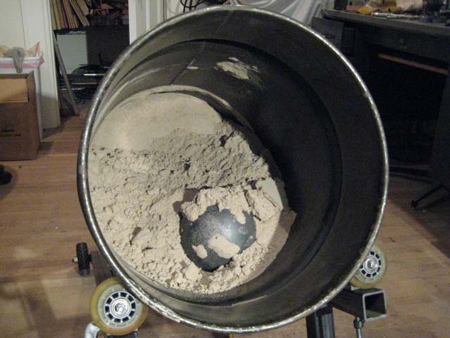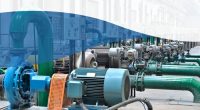How Important Is Mulling In Sand Control
The sand controlling process requires basic understanding of the raw materials, the laboratory test results and the sand mullers. A basic understanding of the sand that needs to be controlled will optimize the process and the results in a more efficient molding operation. Also, if you know the raw materials and the interrelationships between the components and the sand mullers, you can maximize the potential of a particular sand system. There are many methods of controlling the sand, and mulling is the most important aspect in each of them.

Sand control problem occurs when the mulling process is performed with poor sand mullers or bad mulling practices. The function of the sand mullers is to activate the available bentonite within the sand, which is a very difficult task that requires a lot of effort and energy. Because the clay-water is very tenacious, the sand mullers utilize wheels for incorporating both compressive and shearing forces, and to activate the bentonite particles and smear them into the sand grains. The wheels of the sand mullers are really important, because they make allow the sand mullers generate compressive and shearing forces needed to develop the physical properties of the molding sand (also known as green sand). In order to minimize the cycle time and to maximize the effectiveness of the sand mullers, you need to know the mulling cycle sequence.
In order to determine the degree of accomplished mulling, there are specific compressive strength tests which are very efficient. If the strength of the green sand increases, the mulling process will be a success. For maximized mulling efficiency, a lot of effort should put in the maintenance of the mechanical elements of the sand mullers. It is very important for the sand mullers to have quality parts, not worn out, which most commonly are the wheels and the plows. When all components of the sand mullers are adjusted to the recommended settings, they will maximize the productivity and the efficiency. Also, the sand mullers should be operated by well-trained personnel.
There are few factors that can affect the development of the sand strength. It can be either increased or decreased depending on the effectiveness of the mulling process. Other factors that might contribute to the variations of the sand strength are: hot sand, core sand dilution, sand addition, moisture content, clay ratio, clay content, sand grain fineness, quality or poor raw materials, shakeout systems, etc.



